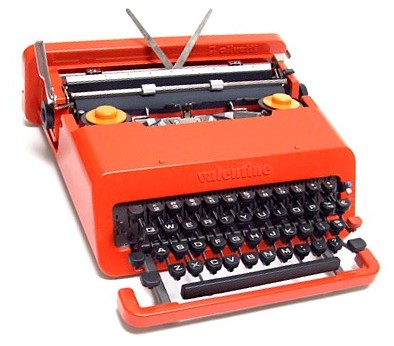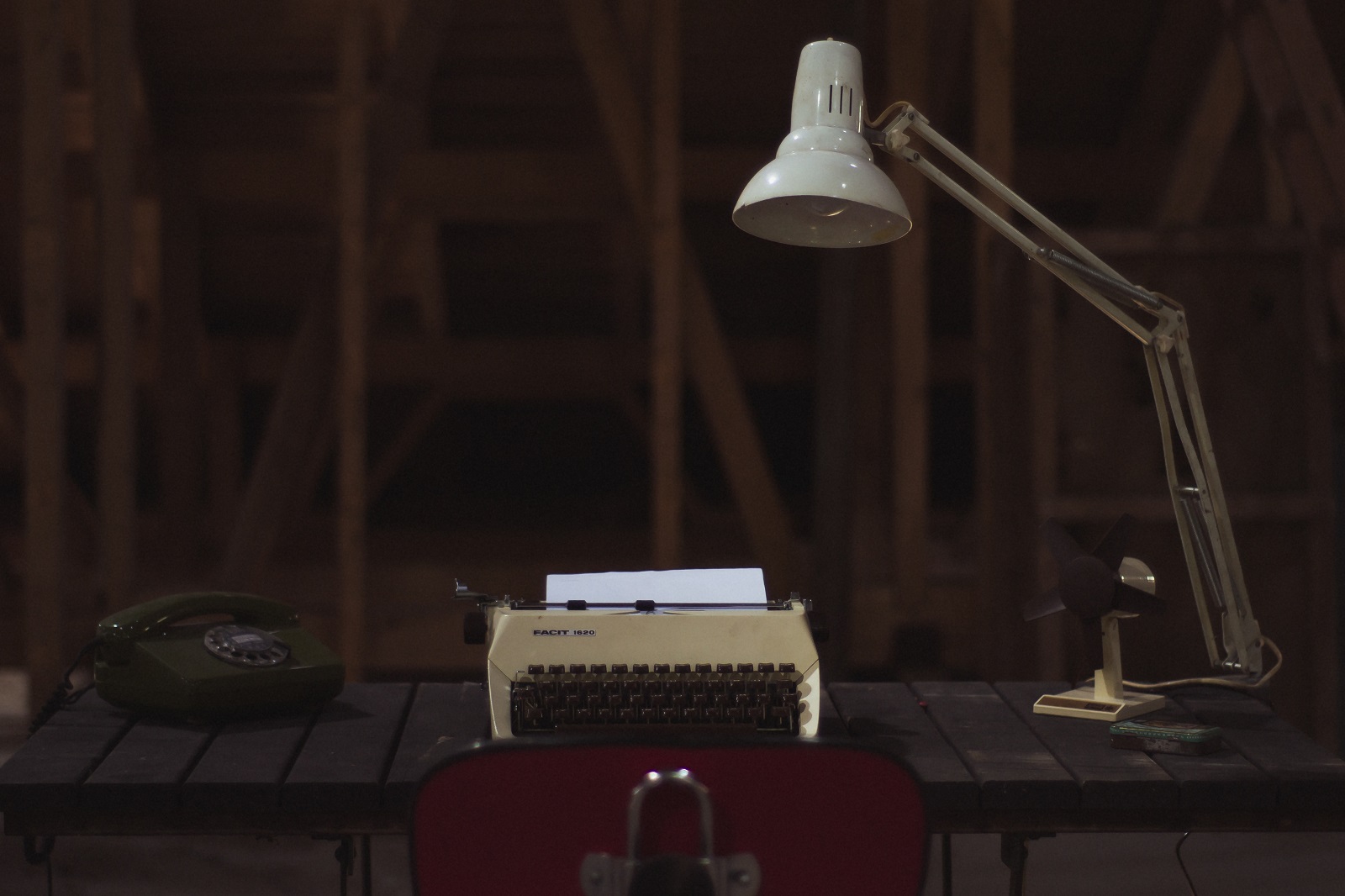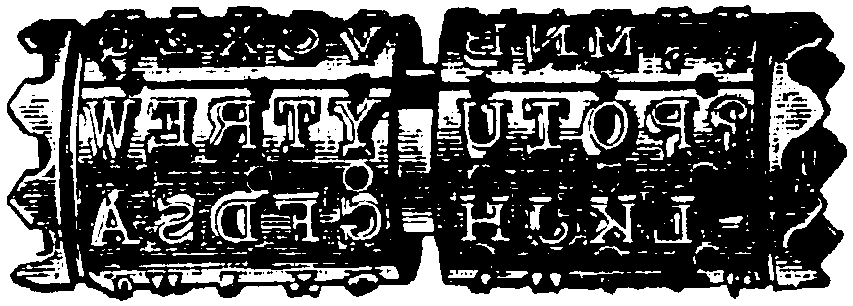You’re sitting around a table and notice that people aren’t talking. Your friends are looking at their phones. What are they doing? They’re writing. Although we may lament a decline in the quality of correspondence since the days of John and Abigail Adams, we now spend more time writing than ever before.
“In the age of the smart phone, writing is essential to social image, career, and relationships. So you might as well improve your capabilities. Whether you want to write the great American novel, compose a kick-ass cover letter, or just impress on social media, these rules will set you on the path to good writing.”
In the age of the smart phone, writing is essential to social image, career, and relationships. So you might as well improve your capabilities. Whether you want to write the great American novel, compose a kick-ass cover letter, or just impress on social media, these rules will set you on the path to good writing.
- Before you start writing, pinpoint your primary goal. What is your desired tone? Are you writing to inform, to entertain, to impress? All of the above? Who is your audience? As you write, keep your audience and goal in mind. When you’re finished with a draft, remove sentences or paragraphs that aren’t congruent with your purpose.
- Write topic sentences. Does that mandate give you flashbacks of elementary school? Sorry, but your fifth grade teacher had good reason for belaboring this point. Paragraphs with topic sentences (and coherent supporting details) send a calming message to readers: Yes, this is an organized piece of writing. You want to read it. Carry on.

3. Get specific. A specific noun will transform a sentence. Did you buy her flowers? No, you bought her a bouquet of carnations. Or maybe you brought her an orchid. The sentences convey different impressions—a specific noun or verb can change the significance of an interaction, and add a layer of nuance. Did you see a grove of trees or a grove of spruce? So you ate breakfast? Was it oatmeal or eggs Benedict? Instead of using verbs like “went,” tell us how you got there. Did you drive, peddle, run, or wander? The difference between “went” and “drive” may seem paltry, but the latter offers a picture, a whiff of exhaust.
4. Avoid beginning sentences with “there.” You’ll find exceptions to this rule, but leading with “there” is typically a sign of weak and lazy syntax. There were two plates on the table? The table was set for two. There are three things I’m afraid of? I have three fears.
 Type cylinder from Munsen typewriter, circa 1890-1912.
Type cylinder from Munsen typewriter, circa 1890-1912.
- 5. Use concrete language. In other words, avoid vague phrases. A period of time? How about a week, a month, or a season? The job offers good compensation? The job pays well.
- 6. Eradicate details that don’t support your point. Sounds like a no-brainer? Maybe, but many a blog post is weighed down by gratuitous rambling. As E.B. White wrote, “The breezy style is often the work of an egocentric, the person who imagines that everything that pops into his head is of general interest and that uninhibited prose creates high spirits and carries the day.” (I’m no doubt a repeat offender.)
- 7. Replace the word “not” with direct, positive structure. “She was not very happy” is weak phrasing. Replace with “She was miserable” or “She was disconsolate.” Did not like? Detested. Did not remember? Forgot. Not tired? Awake. Not on time? Late. Did not pay much attention to? Ignored. Not important? Trifling.
- 8. Eliminate empty words and phrases: the fact that, the fact is, the truth is, in terms of, one of the most…
- 9. Minimize your use of qualifiers. Words like “very” clutter up a sentence. Were you very angry? Why not furious? Are you pretty tired? Why not exhausted? Do you like her very much or do you adore her? Avoid using “some.” She drank some coffee? No. She drank the last of the coffee. She sipped her coffee. She finished her mug of coffee. I have some ideas? No. I have ideas.

Writing desk, circa 1720. 18th century Germans obviously took writing very seriously. Photo by Anagoria. GFDL. - 10. Remember you are not Ernest Hemingway or William Faulkner. Certain writers can get away with leaning into a style. Hemingway is famous for his clipped syntax, while Faulkner was prone to writing page-long sentences, consecutively. These styles worked for Hemingway and Faulkner, but most writing will benefit from mixing it up. Avoid writing a succession of long, loose sentences or a succession of clipped blunt sentences. Instead, establish a rhythm by alternating long and short syntax.
- 11. Vary your first words or phrases. Avoid writing consecutive sentences that begin with the same word. On a similar note, don’t write consecutive sentences that begin with an introductory clause.
- 12. Do you want to give your reader the impression that you are a hyperactive child? No? Minimize your use of exclamation points. While we’re on this topic…multiple consecutive exclamation points are not a valid form of punctuation!!!
- 13. Edit. Unless you are preternaturally talented, good writing is not the result of mystical blasts of inspiration, but of craftsmanship. Good writers sand and polish their work.



 Type cylinder from Munsen typewriter, circa 1890-1912.
Type cylinder from Munsen typewriter, circa 1890-1912.